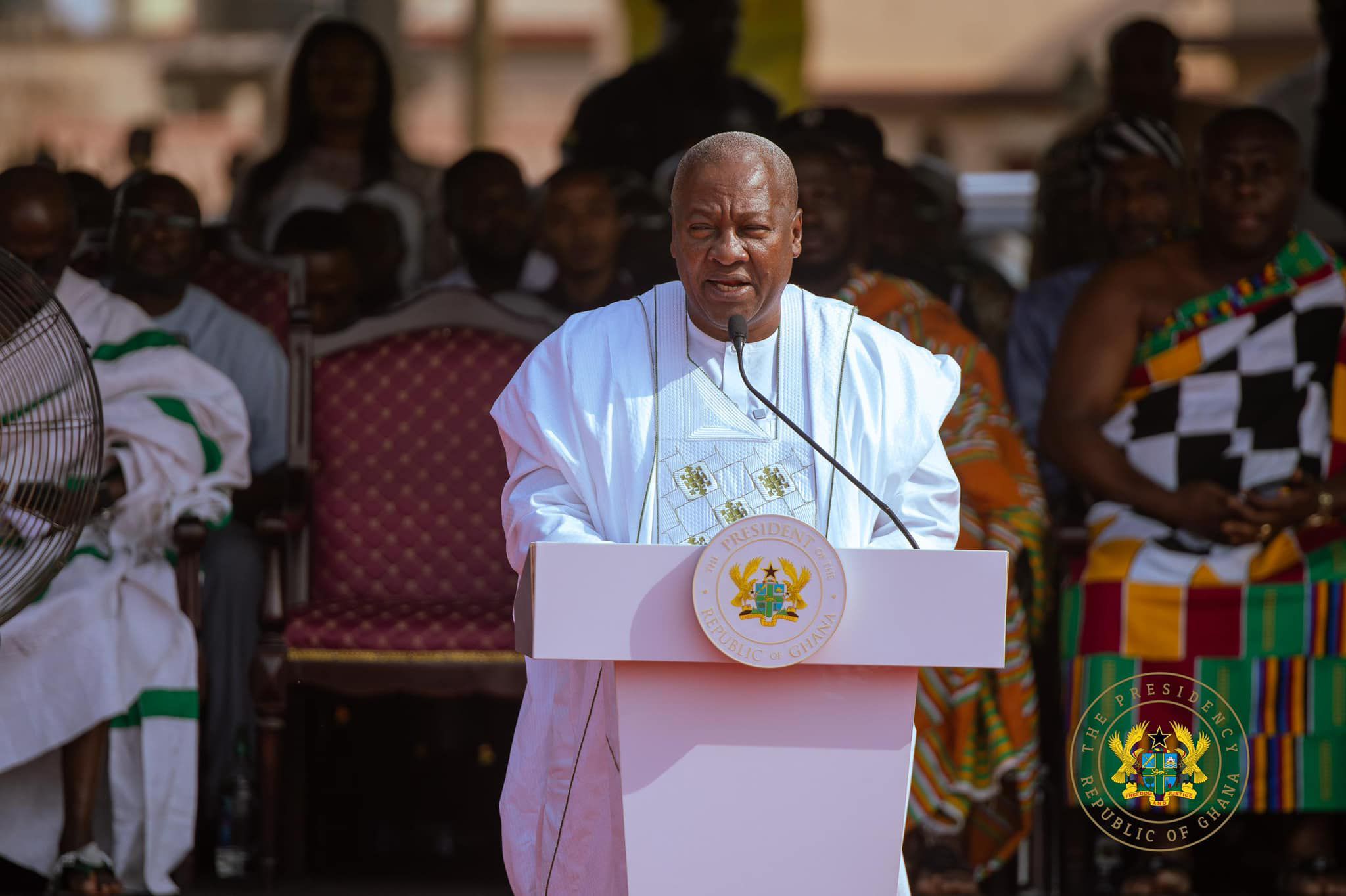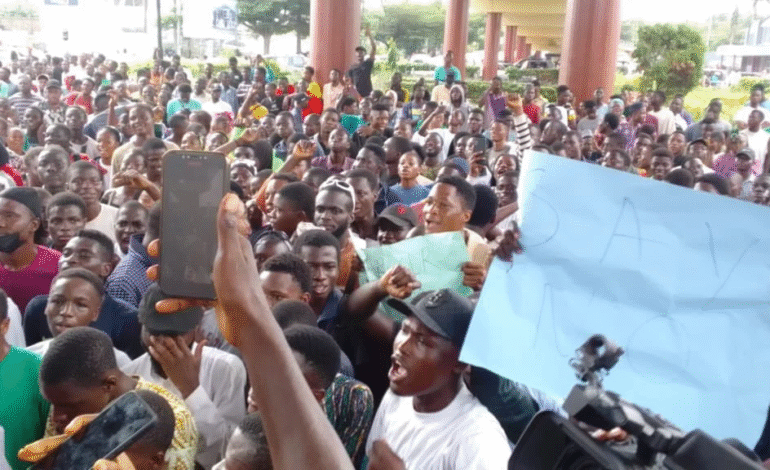New data from trip insurance company Allianz shows U.S. travel confidence is soaring again, particularly among wealthier and younger Americans. Nearly 70% of travelers under 35 say they’re confident they’ll take a 2025 summer vacation—the highest in the 16-year history of the survey.
At the same time, high-income travelers continue to show strong intent to book, even as prices for airfare and lodging rise nationwide, as in Hawaii. That trend is clearly showing up in the islands, where summer demand appears robust despite record-setting costs.
For context, the average U.S. household will spend just under $2,900 on a summer vacation this year. For travelers heading to Hawaii, that number is often far higher. Rates at hotels in Hawaii recently hit new all-time highs, and Hawaii airfare has climbed steadily, particularly in the most in-demand nonstop and premium class markets.
As covered in our update on shrinking economy seating, airlines are restructuring cabins to increase revenue and focus on premium, while reducing flexibility for those in the back.
Despite that, visitor numbers are up, especially on Oahu and Maui. Spending per visitor continues to climb. Even with airlines trimming capacity and state officials pushing forward with new visitor fees, people who want to be in Hawaii are still coming—and spending.
Younger travelers are approaching Hawaii differently than previous generations. Instead of chasing high-end resorts or long itineraries, they’re looking for curated experiences, authentic food, and immersive adventures that translate well on social media, including Instagram.
Many stay in boutique accommodations or smaller vacation rentals and prioritize flexibility over comfort. That shift is reflected in booking behavior, with a growing share of short stays and last-minute reservations.
What’s surprising, though, is how much they’re still willing to spend. The Allianz survey and others show that younger adults prioritize vacations despite personal debt or financial pressure. They’re taking trips to places like Hawaii that they feel they can’t afford—but still book, justifying the cost as necessary for their mental health. With its perceived healing power and natural escape from daily stressors, Hawaii ranks high on that “just” list.
We’ve seen this trend firsthand. One traveler said they skipped eating out for months to afford their Maui vacation rental. Another said, “I’d rather skip Christmas than miss coming to Kauai this year.” In each case, it’s not affordability driving the decision—it’s emotional payoff.
More on this trend appears in our feature on how Generation Z is reshaping Hawaii travel.
At the opposite end of the spectrum are high-income travelers who are reshaping what luxury travel looks like in the islands. This group is helping drive the rapid expansion of premium cabins on Hawaii flights and the continued success of upscale properties, even as mid-range lodging shows more volatility.
Award tickets in premium cabins are harder to find and much more expensive, and more economy seats are being reclassified into paid premium seating or extra legroom categories as airlines monetize aircraft space far more aggressively.
Some of these travelers use miles, and others pay in full. Either way, they’re fueling a level of spending that helps mask soft spots in Hawaii’s broader economy. That’s especially evident in select resort zones—Wailea, Princeville, and the Kona coast—where occupancy remains strong and spending has recovered well past pre-pandemic levels.
This mirrors what we’ve previously reported in Hawaii Isn’t Cheap—But That’s Not Stopping These Travelers, where reader feedback consistently showed that those who can afford it are still booking trips, often with fewer compromises than before.
The state is facing a complex balancing act. Hawaii’s tourism model depends on visitor spending, but residents are increasingly pressing the state to reduce crowds, limit strain on infrastructure, and preserve the environment. That tension is showing up in policies like the Green Fee, expected to generate $100 million annually from visitors, and in proposed short-term rental restrictions on Maui and Oahu.
At the same time, confidence remains high that top-spending travelers will translate into fewer visitors who could still produce healthy revenues, at least for now. But that assumes Hawaii continues to offer enough value to keep these key groups fully engaged: the emotionally, Instagram-driven younger traveler and the financially secure luxury visitor.
We’re also seeing rising frustration among long-time repeat guests. Some say the Hawaii they knew is fading fast, replaced by an overly commercialized, expensive version. Others are being priced out entirely. Those who can still afford it may pay more for less—fewer flights, tighter cabins, and higher fees stacked on top of already steep nightly rates.
All signs point to a solid summer for Hawaii tourism in 2025. Visitor arrivals are up, even if they’re happening much closer to travel dates than in previous years, particularly from the U.S. mainland. Bookings on key routes into Honolulu, Maui, Kauai, and the Big Island remain strong. Despite extreme cost pressures and capacity limits, the national travel confidence trend is playing out first-hand in Hawaii. What’s less certain is how long that will last.
Will Gen Z continue justifying $4,000+ vacations when student loan payments kick back in? Will high-income travelers stick with Hawaii if luxury offerings in Japan, Europe, or French Polynesia appear more competitive or enticing?
One thing is clear: Hawaii currently benefits from a unique alignment of confidence, spending power, and emotional drive. It’s an alignment that won’t last forever. But for now, it’s set to keep planes full, hotel rates high, and the visitor economy alive this summer—even as debate continues over what kind of travelers Hawaii really wants to attract.
Get Breaking Hawaii Travel News







:max_bytes(150000):strip_icc()/FamilyFinances2-b2925f7156264a2bbc75d4e32141e04b.jpg)



